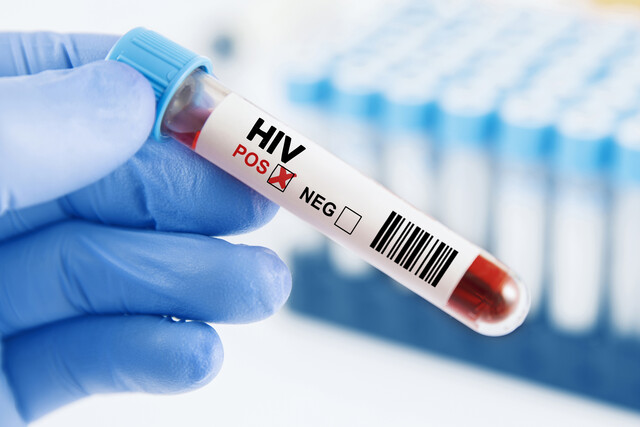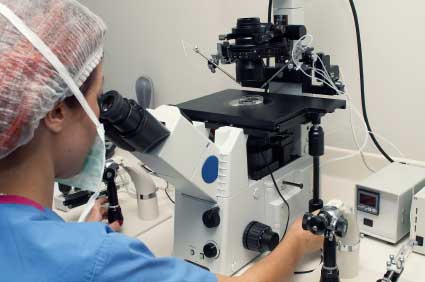?
In this article, you will learn the science behind what causes allergic reactions to food, as well as how prevalent those reactions are. In addition, you will learn which foods cause the most problems and the difference between a food intolerance and a genuine food allergy.
Section 1. Causes and Prevalence of Food Allergies
Allergic reactions to specific foods are the second leading allergy classification, after airborne allergies involving pollen and dust. In the United States, approximately 15 million people have food related allergies, which often have a genetic component. In fact, research has shown that if one or both parents suffer from allergies, asthma or hay fever- the child is more likely to develop a food allergy. This is further supported by the fact that most food allergies manifest before a child reaches three years of age, a period when they are progressively introduced to new foods on an ongoing basis.
Food is essential for nourishing the body and mind. However, sometimes the immune system confuses beneficial elements with dangerous invaders. This "mixed signal" causes the immune system to attack the food as it is being digested and leads to a host of problems. This is a two part process. Let's take a look at exactly how this happens:
A protein called Immunoglobulin E (IgE) is an antibody, which is produced by the immune system and circulates through the bloodstream. Most people who develop food allergies inherit this trait, but require an initial exposure to the allergen, before a specific antibody is produced to attack it. So by this principle, a person who may be genetically predisposed to be allergic to soy will only develop the allergy after first consuming a soy product. During digestion, the body reads the food item and labels it as �dangerous', which causes the production of a large amount of antibodies specifically designed to attack this type of food. However, for an allergic reaction to occur, these antibodies need a mode of attack.
Mast cells are cells that are found in several types of tissue, especially allergy-sensitive areas such as the nose, throat, lungs and stomach, as well as blood vessels and nerves. These cells help to carry out the immune system response by acting as a receptor for antibodies. Once the Immunoglobulin E (specific antibody designed to attack the antigen- in this case a specific food) is released, it binds to the mast cells in the various tissue throughout the body. When you eat that specific food again, the antibodies which have bound themselves to the mast cells trigger a response in them.
Mast cells contain small particles that are toxic to the surrounding cells called granules. Once the �alerted' mast cell notices that the food that an antibody was developed against is present, a process called �degranulation' is occurs. This means that the mast cell releases the toxic granules. These granules contain several chemical compounds, such as histamine, which is a key player in the development of an allergic response.
As mentioned, mast cells are present in various parts of the body. The symptoms that someone experiences from an allergic reaction depend on where in the body the irritated mast cells reside. If they are in the lining of the throat or the lungs, you may experience trouble breathing. Agitated mast cells in the stomach may cause diarrhea or nausea and likewise in the nose or eyes would cause redness and drainage in those areas.
Section 2. The Most Common Food Allergies
Food allergies have increased considerably in recent years, with the Centers for Disease Control noting a staggering increase of 18% between 1997 and 2007. Other country specific studies show an increase of as much as 50%. The World Health Organization (WHO) has noted that the increase of food allergies- as well as other immune system related conditions, is particularly concentrated in modern industrialized countries. There is a growing movement amongst environmentalists, organic farmers and consumers who attribute the rise in allergies to new means of farming. These include chemical pesticides and genetically modified fruits and vegetables. This is a hotly debated subject- one that has sparked legislation in various states across the country.
Interestingly enough, 90% of food allergies can be traced to 8 specific food groups:
-
Milk
-
Eggs
-
Peanuts
-
Tree nuts (walnuts, pecans, hazelnuts, almonds, cashews, pistachios, and macadamia nuts),
-
Fish
-
Shellfish
-
Soybeans
-
Wheat
The items above are staples in most Western diets, but they are the highest contributors to allergies. There are many theories as to why this is, which we will explore as we learn more about each specific food allergy. However, first it's important to understand the difference between two similar terms- food sensitivity and food intolerance.
Section 3. The difference between a food sensitivity and a food intolerance
When surveyed, 1 in 3 people said that they either suffer from a food allergy or that they modify meals to accommodate a family member with an allergy. This number seems extremely high. However, in all reality, only 5% of children and 4% of adults suffer from true food allergies. If this is truly the case- why the huge disparity?
A genuine food allergy is a reaction or hypersensitivity that originates in the immune system. In this case, the body literally attacks the fragments of food in your body as they come into contact with areas such as your tongue, intestines or flows through your bloodstream. A food intolerance on the other hand is described as a negative reaction- which can be severe, to a specific food or food group. A person may be intolerant of any number of things, but the key differentiator is that the response is not prompted by the immune system.
One prime example of a food intolerance- not an allergy, is the condition known as "Lactose Intolerance". People who have this condition do not have a sufficient production of lactase. This is a digestive enzyme found in the intestinal lining, which is required to digest the protein in milk and dairy products- known as lactose. Because it is unable to be broken down properly, bacteria are then able to latch onto lactose, which ferments in the gut and produces gas, bloating, diarrhea and other symptoms. Because some of these symptoms may be similar to those of a true milk allergy, they are often confused.
In addition to whole foods such as milk, many people are also intolerant of individual ingredients in foods, especially those added in order to dye, package and preserve them. It has been noted that "Yellow Dye #5" can cause hives. Additionally, the popular flavor enhancer Mono Sodium Glutamate (MSG) used in many fast food and Chinese restaurants has been linked to symptoms such as chest pains, headaches, facial flushing and pressure, as well as feelings of being detached from reality. Again, this is the body responding to the stimulating composition of the foods themselves, and not an allergic reaction initiated by the immune system.

























